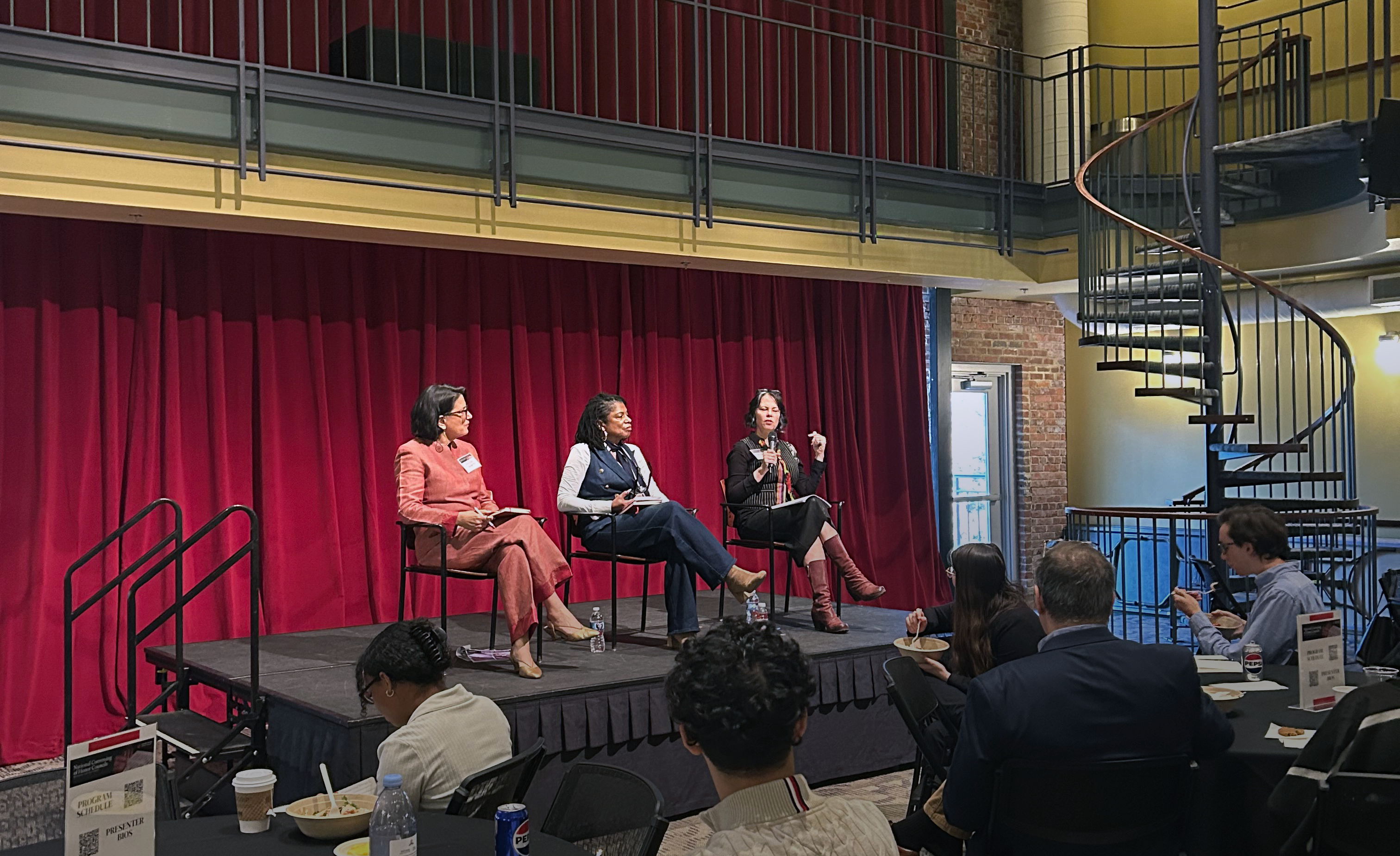First Impressions: Faculty Make the Most of Day One in the Classroom
August 27, 2019
- Author
- Jay Pfeifer
The first and most important lesson on the opening day of class is simple: First impressions matter.
Chris Marsicano, whose classes focus on policy making, uses the first class as a hands-on opportunity for students to master a skill they will need. He makes a 10-minute presentation about the course, then he opens the syllabus up for negotiation.
“Do they want tests or papers? Are there topics they’d like to see us cover? That’s what we negotiate. They have a week to get back to me,” he said.
“It builds ownership of the class, but most importantly, it teaches them how to negotiate,” the visiting assistant professor of Education Studies said. “Making policies means learning the art of negotiation and meaningful compromise.”
Each professor approaches the first day differently but they all want the same thing: Students need to understand how the class will work.
That may mean a simple review of the syllabus, the basic framework of the course. Kevin Smith, associate professor of biology, goes deeper, teaching a “meta-class: a class about the class.”
“My goal is to treat students like adults who deserve to know about what’s going on in the classroom, but it also helps make clear that I put thought and planning into almost everything we do in my classes,” he said. “I don’t want anything to seem arbitrary, and the way I do that is by telling students why we’re doing something.”
First order of business: Get students talking.
“On day one, I start by asking students to do some work together so they get comfortable exchanging ideas with each other in small groups and with the class as a whole—they get used to the idea that I guide the class, I do not ‘teach’ it.”
Devyn Benson, chair and associate professor of Africana Studies and Latin American Studies, gets her students talking right away as well.
“If a student doesn't hear their voice spoken out loud in the first week of class, they are much less likely to speak up later,” she said.
And Benson jumps right into sensitive subjects.
“On the first day we are all equally awkward, so we all speak and share something personal like a racial autobiography or a snippet of our family history.”
Diving right into personal narratives can be touchy. But that’s the point. By lowering those barriers to discussion—neutralizing fear and discomfort as much as possible—“We all feel much more comfortable with each other and more likely to speak up when we start talking about complex topics like slavery, colonialism and racial injustice in the present day,” she said.
Faculty members are not only consumed with the ‘why’ of their class—they have to master the ‘who.’
And that means learning a lot of names very quickly.
John Kello, professor of psychology, asks his students to send him current photos so he can start matching names with faces as soon as possible.
Jeanne Neumann, professor of classics, performs something like a magic trick: She leaves the first class with the names of all of her students memorized.
Neumann walks around the class, collecting notecards from the students with their names on them, reciting names as she goes. The list of names gets longer with each card—and the suspense grows.
“I stop after every few and do a test run,” she said. “They realize what I’m doing and watch, waiting for me to mess up. And I do, but it’s fine, and funny.”
“Midway through the first class I say it’s time for a quiz. They look panicked until they realize it’s my quiz and I go through their names again,” she said. “It’s a great ice-breaker since all the onus is on me, I never do it absolutely perfectly, and that’s fine.”
Knowing her students’ names is important, but Neumann is sending another important message: “It sets a tone that making mistakes is not a big deal,” she said. “If the professor is not perfect, they don’t have to be either.”



